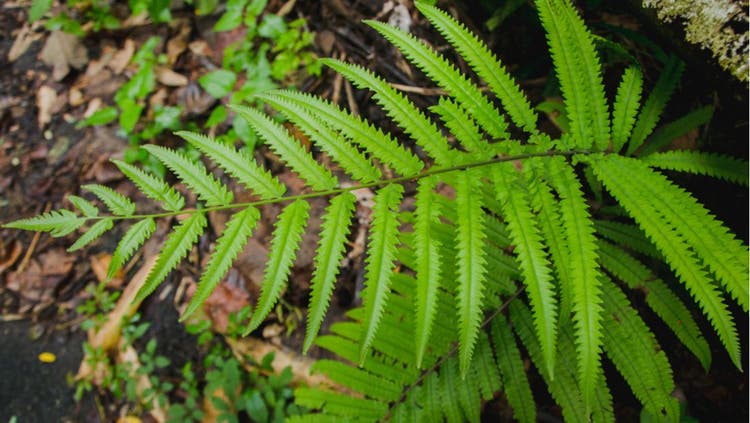
Outdoor Spring Plants – Are They Toxic?
As spring approaches, we tend to look forward to the end of winter and the rebirth of the earth. Snow melts, trees begin to bud, baby birds and bunnies abound, and sprigs of new plants begin pushing through the earth. We can’t wait to spend time outdoors.
Your pet may be as excited as you to frolic in the outdoors, especially after the year’s long winter. However, without proper care, this can be a time of danger to your pets. Some of those plant sprigs may be toxic to your pet.
Plants cause many toxicities in pets and can result in death. In fact, in cats, plants are the second most common toxins. In dogs, plants rank in the top 5 of common toxic exposures.
Though some plants can cause serious illness or death, irritation of the mouth and gastrointestinal tract are the most common problems. Vomiting usually occurs soon after ingestion, which removes most of the plant from the system and reduces additional toxin absorption.
Toxic Plants
The springtime plants that can result in gastrointestinal upset in dogs and cats include:
- Amaryllis
- Ferns
- Caladium
- Calla lily
- Hyacinth
- Iris
- Tulip Plants that are considered very toxic and can result in severe illness or even death include:
- Crocus
- Azalea
- Rhododendron
- Tiger Lily
- Easter Lily
- Bittersweet
- Clematis
- Daffodil
- Day lily
- Foxglove
- Lily of the Valley
- Narcissus
- Morning Glory
- Death CamasThe most important part of treating ingestion of a toxic plant is to determine if your pet actually ate the plant, how much was ingested, and which part of the plant was eaten. The entire plant is not always toxic. Sometimes only the seeds, the leaves, stems or roots are toxic. Also, plant identification is crucial in diagnosis. Get a sample of the plant if you are unsure of the name. This information can help your veterinarian determine the best course of treatment.Unfortunately, there are very few specific treatments or antidotes for toxic plant ingestion. Supportive care, including intravenous fluids, may be necessary. Without proper care, some plant toxicities can have devastating effects on your pet’s health.
- By knowing which plants could pose a threat, you can work towards preventing your pet from access to the plant and keep your pets safe and your yard beautiful.